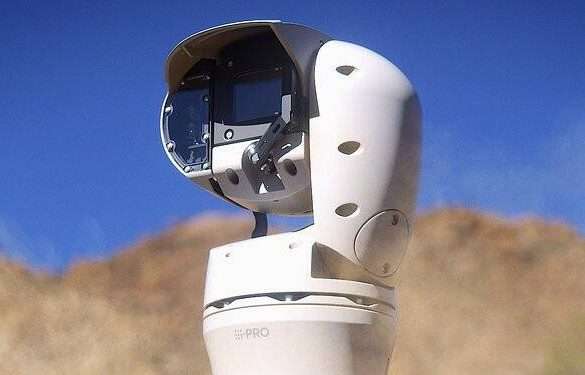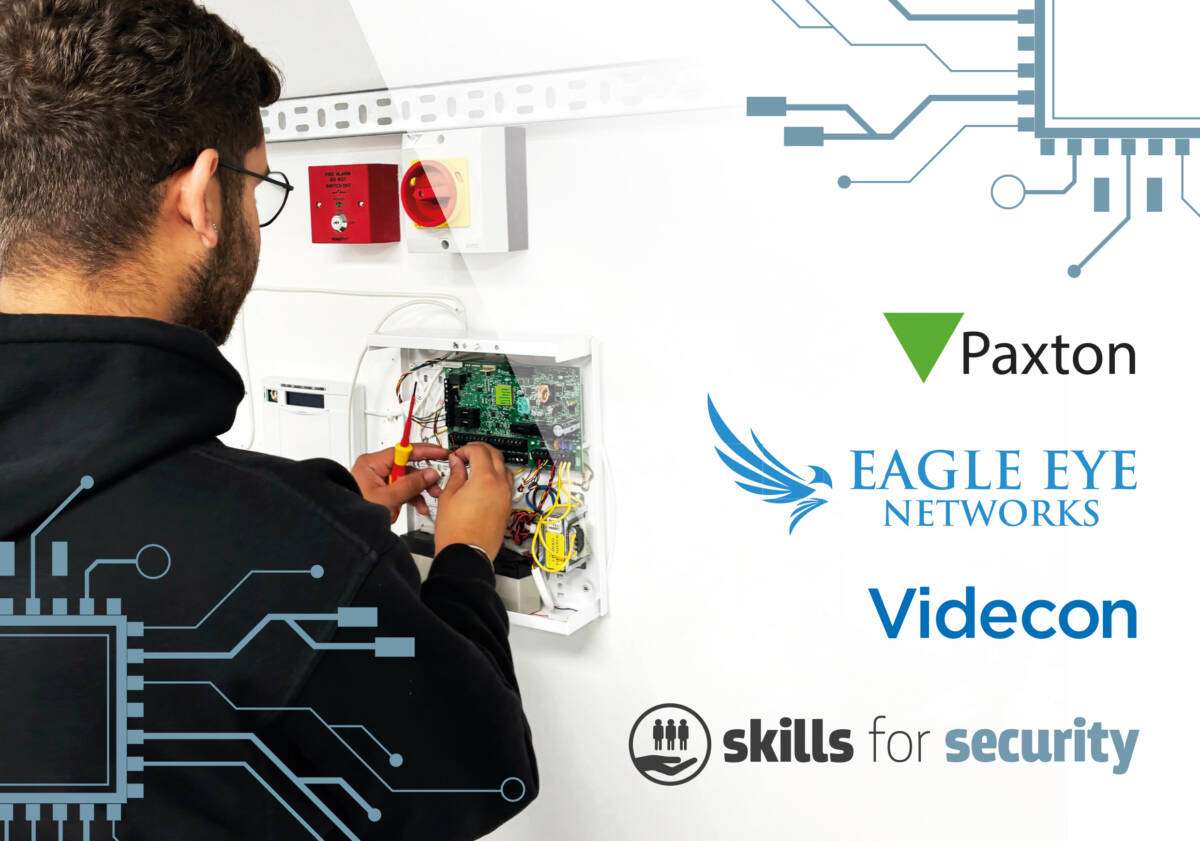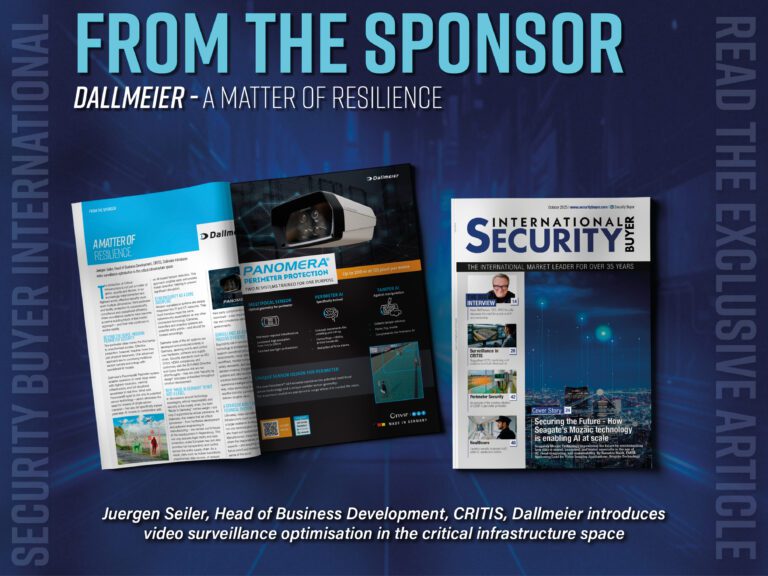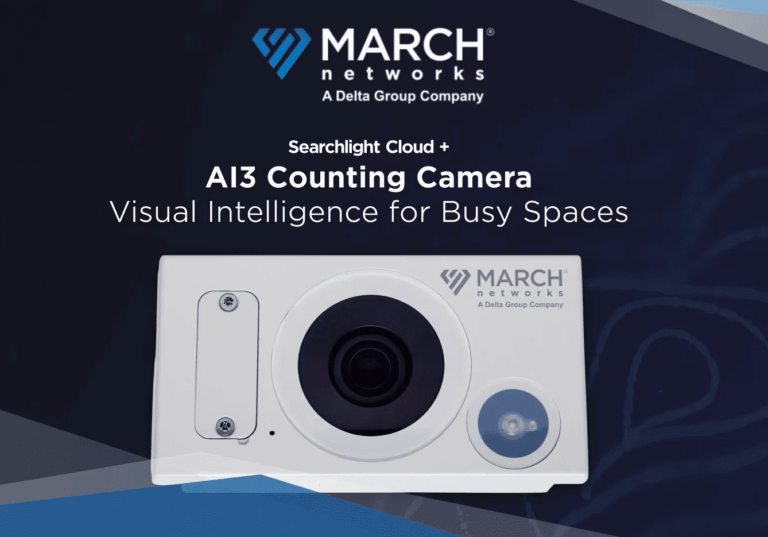Irina Chan, Senior Specialist Product Management, Storage Products Division at Toshiba Electronics Europe discusses how to optimise HDDs to benefit your surveillance storage.
For modern video surveillance systems reliable and cost-efficient data storage is paramount. With high-resolution cameras (HD, 4K, 8K) generating immense volumes of data continuously, losing even a single image is unacceptable. Specialised surveillance HDDs are essential to meet these demanding requirements.
Meeting the demands of 24/7 video recording
Traditional desktop HDDs are simply not designed for the rigours of continuous video surveillance. They are intended for operating times between 8 and 16 hours a day and an annual workload of only 55 TB. In stark contrast, surveillance HDDs are engineered for 24/7 operation and can cope with significantly higher workloads, supporting up to 180 TB per year. Attempting to use classic desktop drives for video surveillance leads to rapid wear, a high chance of above-average error and failure rates within the warranty period, quickly negating any initial price advantage.
Optimised for high-resolution streams and multiple cameras, modern surveillance installations often deploy multiple cameras operating around the clock, demanding storage solutions capable of capturing vast amounts of high-resolution data reliably. Surveillance HDDs feature optimised firmware versions and large buffers, enabling them to record up to 64 video streams simultaneously. This ensures that every image from your HD, 4K, or 8K cameras is retained without loss, addressing the challenge posed by large data volumes.
Enhanced Durability for Challenging Environments
Unlike hard drives for PCs, NAS systems, and servers, surveillance HDDs are purpose-built to withstand challenging operating conditions, specifically designed for temperatures ranging between 0°C and 70°C. This makes them ideal for environments that may not be air-conditioned, such as poorly ventilated storage rooms or safety cabinets in production areas. Furthermore, these robust drives incorporate a rotational vibration (RV) sensor, a feature absent in standard PC drives. This crucial sensor prevents the rotational vibrations of multiple hard drives within one device from reinforcing each other and causing damage. As soon as undesirable vibrations are detected, the operating parameters are adjusted to minimise adverse effects on performance.
Cost-Efficiency and Performance Considerations
While ensuring reliability, surveillance HDDs also offer a cost-effective way to store the large amount of data generated by video surveillance. For many scenarios, surveillance models with spin speeds of 5400rpm or 5700rpm are highly energy-efficient, helping to keep operating costs down. However, for applications requiring very frequent read access, such as continuous screening or detailed data analysis, it may be beneficial to use surveillance HDDs with spin speeds of 7200rpm or even enterprise HDDs for superior performance.
Ensuring Seamless Integration and Compatibility
When equipping video systems with several hard drives, compatibility is key for optimal performance. Users should only choose models from the manufacturers’ compatibility lists, as these models have undergone extensive compatibility and functionality tests to ensure seamless operation and minimise problems. Alternatively, businesses can opt for complete solutions available on the market, where systems have already been equipped with suitable HDDs by experienced integrators.
For companies across Europe that rely on modern video surveillance, investing in storage media tailored to the specific requirements of this application is critical. Surveillance HDDs capture large amounts of data cost-effectively and reliably, guaranteeing smooth operation around the clock with minimum risk of failure, making blurry and pixelated images a thing of the past.































